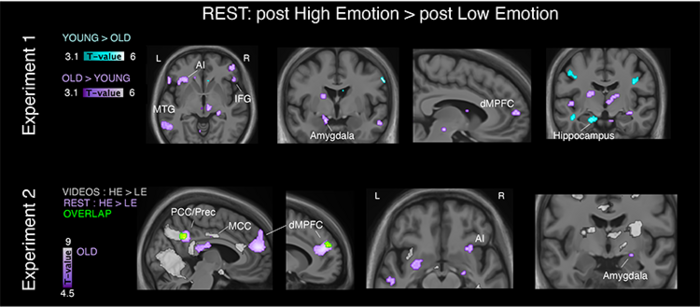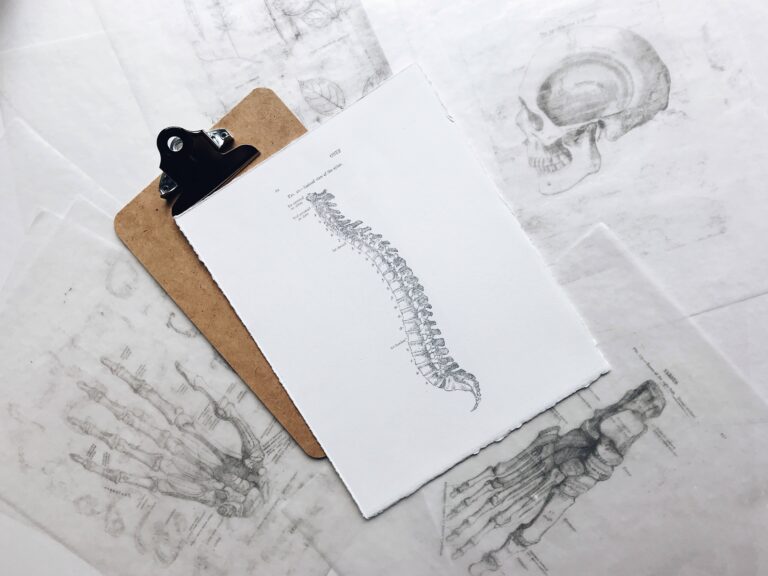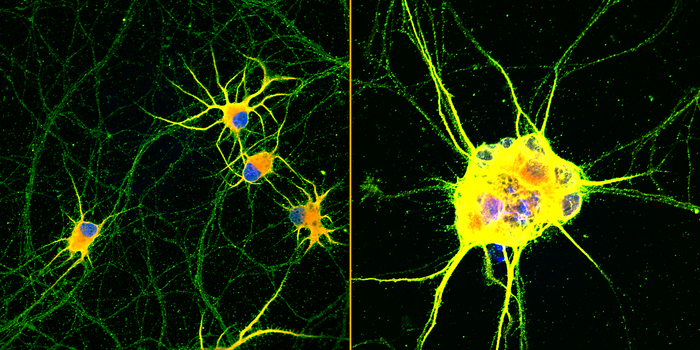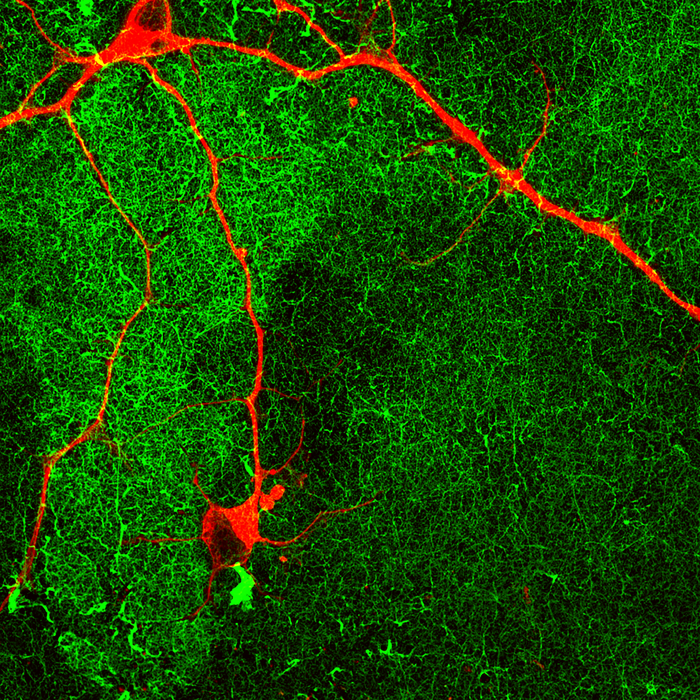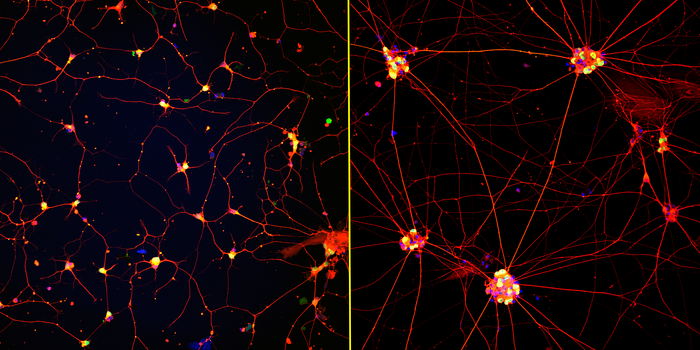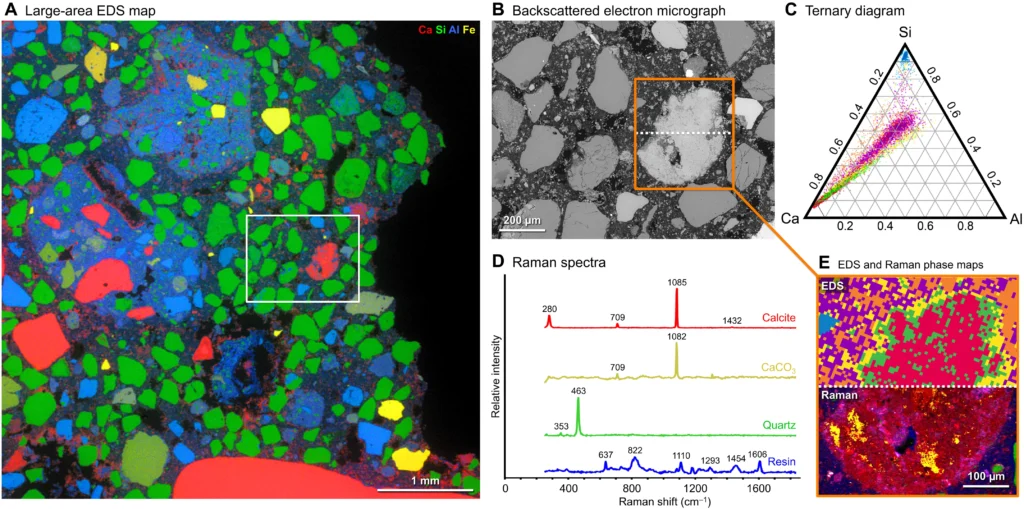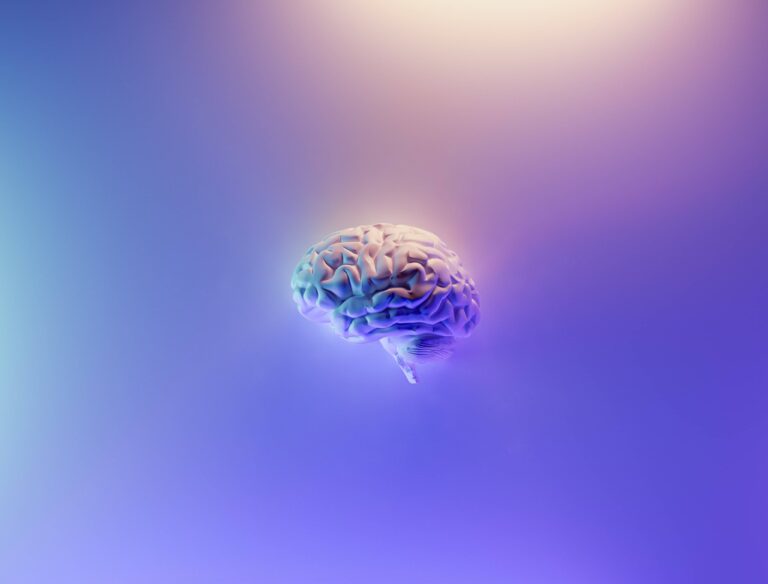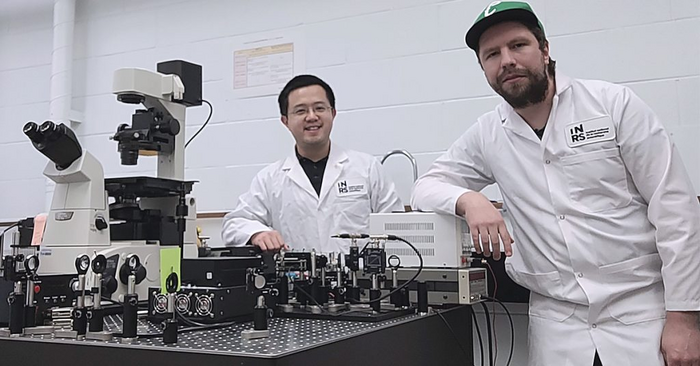As climate change continues to be a pressing issue, the need for renewable energy sources is becoming increasingly urgent. To this end, scientists from Austria’s International Institute of Applied Systems Analysis (IIASA) have proposed an innovative solution – turning abandoned mines into gravity batteries! It’s a fascinating concept, so let’s take a closer look at how this system works.
The basic idea behind the Underground Gravity Energy Storage (UGES) system is that disused mine shafts would house elevators that raise and lower containers full of sand. When electricity is needed, the elevator car would be lifted up using power from the grid. When the car reaches its highest point, it releases its load of sand down the shaft. The descent of the sand creates kinetic energy which can then be harnessed to generate electricity. This process can then be reversed whenever extra electricity is needed – in other words, when more power is required than what’s being supplied by renewable sources such as solar or wind farms.
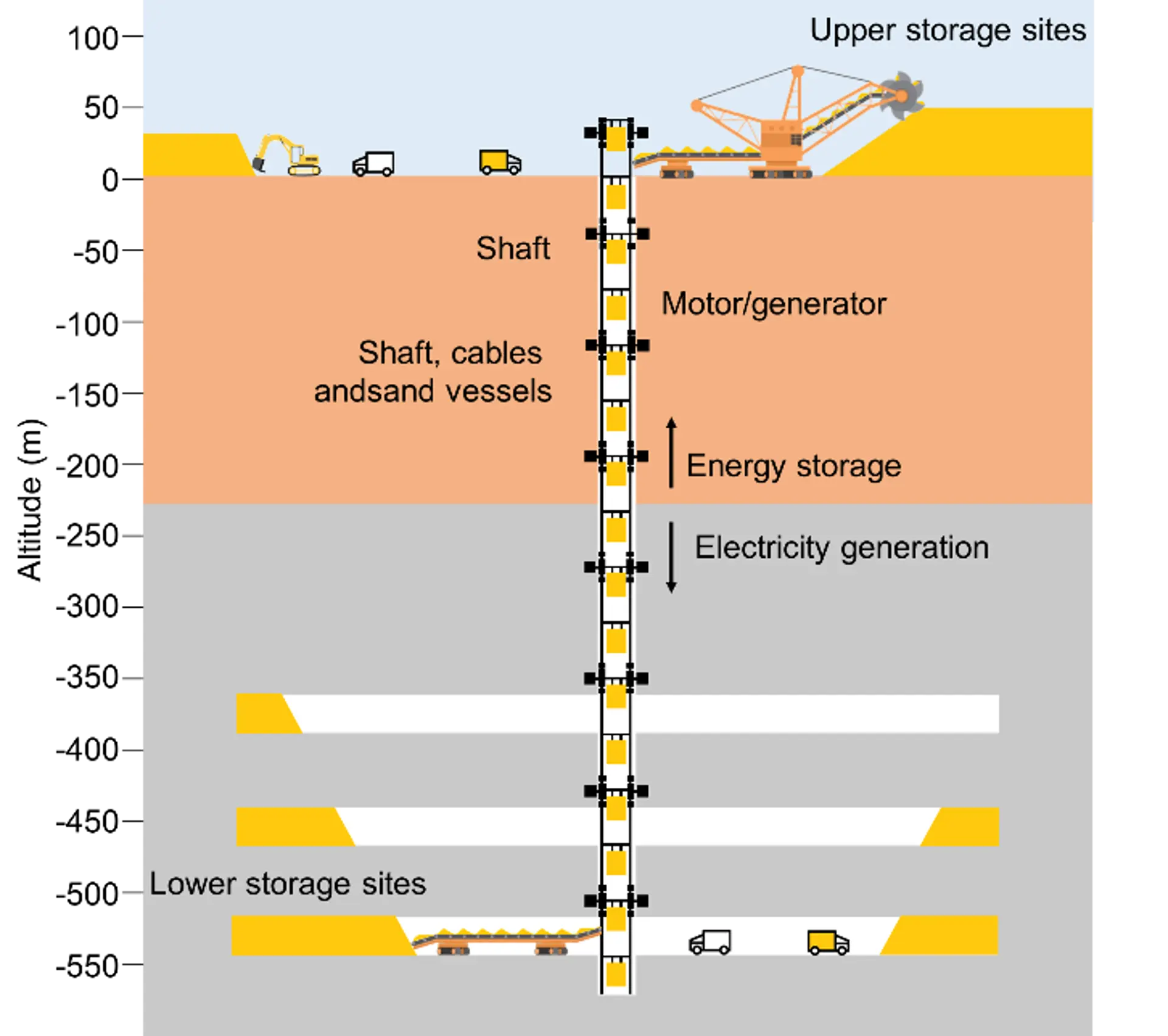
The researchers claim that their system could provide up to 30 minutes worth of energy storage for a medium-sized city – enough time for renewable sources to kick back in and cover any shortfalls in supply. It could also potentially provide localized power backup in areas where there is no access to large-scale national grid infrastructure. Additionally, by repurposing existing mineshafts instead of constructing new ones, UGES systems are both low-cost and low-impact on local environments.
In addition to providing energy storage capabilities, UGES systems could also offer additional benefits such as underground temperature regulation and enhanced safety features due to their ability to detect seismic activity deep beneath the surface of the earth.
The potential applications for this revolutionary concept are endless – from providing backup power supplies in remote areas with limited access to national grid infrastructure to helping cities become more resilient against outages caused by extreme weather events like storms or heatwaves – all while significantly reducing our reliance on fossil fuels. For website owners and SEO newbies looking for new ways to invest in green energy solutions for their businesses, these gravity batteries may well prove an enticing option indeed! So keep an eye out as IIASA continues its research into this fascinating concept – the future looks bright indeed!…





